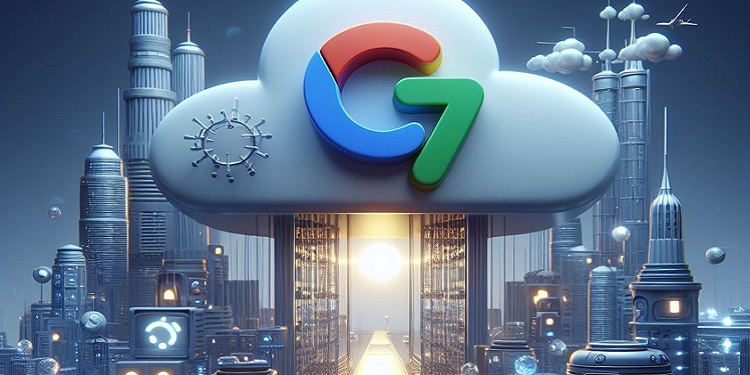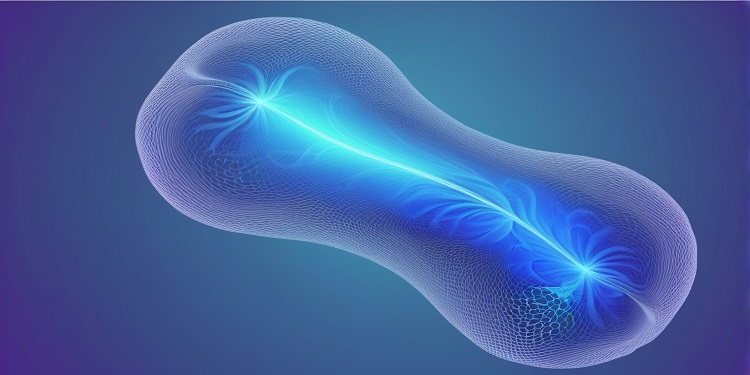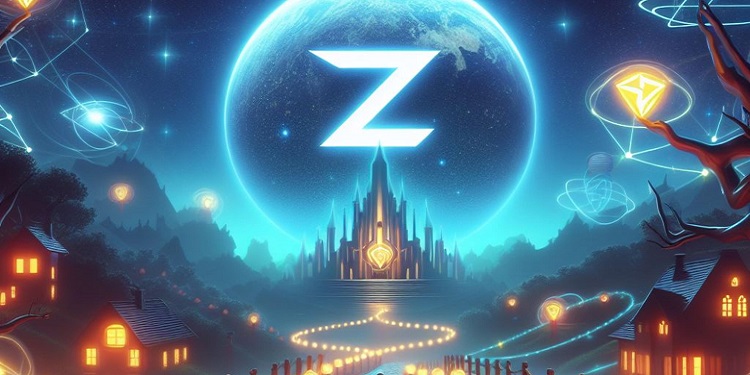Google Cloud has recently launched a new Web3 portal, aiming to provide resources for blockchain developers, including datasets and tutorials on non-fungible token (NFT) creation. However, the response from the cryptocurrency industry has been varied.
Criticism Amid Launch
Some voices within the industry have expressed disappointment with the portal’s offerings. Phil Geiger, vice president of product marketing at Unchained, criticized the absence of native Bitcoin and lightning support, considering Bitcoin’s significance. Similarly, a pseudonymous crypto trader known as MartyParty conveyed dissatisfaction with Google’s perceived lag behind competitors.
Positive Feedback
Conversely, there have been proponents of the launch. Ivaibi Festo, founder of Mitroplus labs, praised the Web3 portal as a comprehensive resource, highlighting its potential utility for developers.
Portal Features and Offerings
The Web3 portal offers developers access to a variety of products and provides testnet tokens for deploying and testing decentralized applications (DApps) on Ethereum testnets such as Sepolia and Holesky. Additionally, it features a learning program with tutorials covering NFT development, Web3 loyalty program implementation, and securing digital assets with multi-party computation (MPC).
Google’s Recent Web3 Initiatives
Google’s foray into the Web3 space follows several recent developments in the industry. Notably, the company expanded its features to enable users to search wallet balances across multiple blockchains, including Bitcoin, Arbitrum, Avalanche, Optimism, Polygon, and Fantom.
At the beginning of 2024, Google revised its policies to permit certain crypto products to be advertised on major search engines, including Bitcoin exchange-traded funds (ETFs). Moreover, in preparation for the portal launch, Google appeared to focus on forging partnerships, such as integrating Google Cloud’s BigQuery data warehouse with MultiversX in October 2023.
Integration of Blockchain Networks
In September 2023, Google’s BigQuery added 11 blockchain networks to its data warehouse, including Avalanche, Arbitrum, Cronos, Ethereum’s Görli testnet, Fantom, Near, Optimism, Polkadot, Polygon’s mainnet, Polygon’s Mumbai testnet, and Tron. This integration aims to assist Web3 projects and users in deriving insights from data analytics and artificial intelligence tools within the Google Cloud ecosystem.
Conclusion
While Google’s Web3 portal represents a significant step into the blockchain realm, the mixed reactions from industry stakeholders underscore the diverse perspectives within the cryptocurrency community. As Google continues to expand its footprint in the Web3 space, the impact of its initiatives on the industry landscape remains to be seen.









